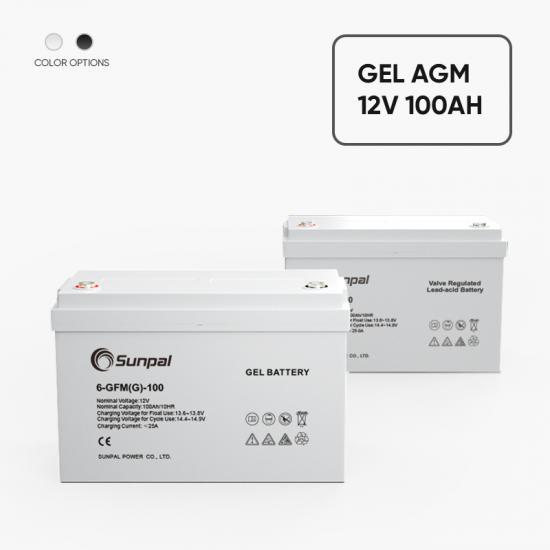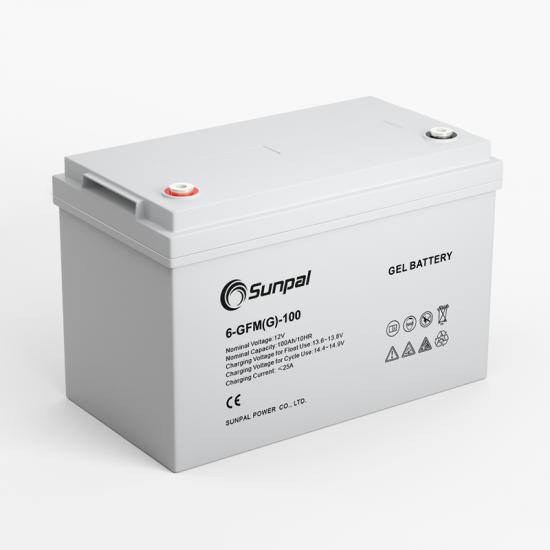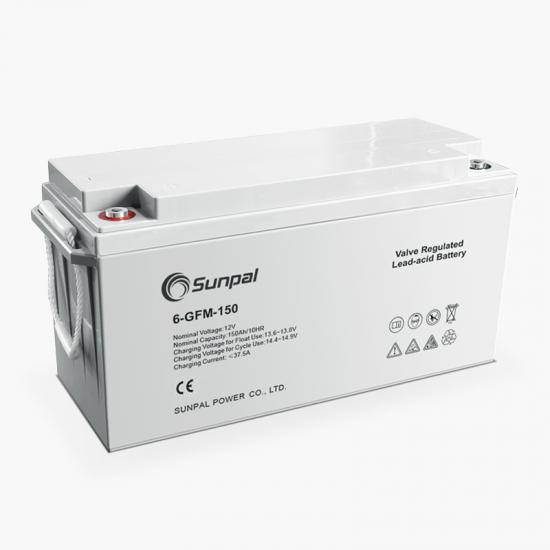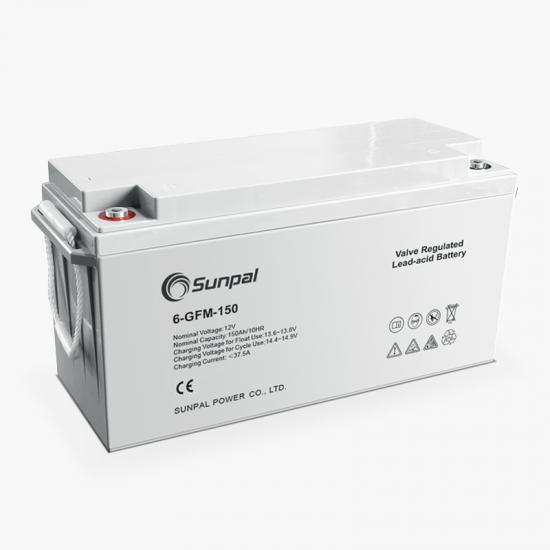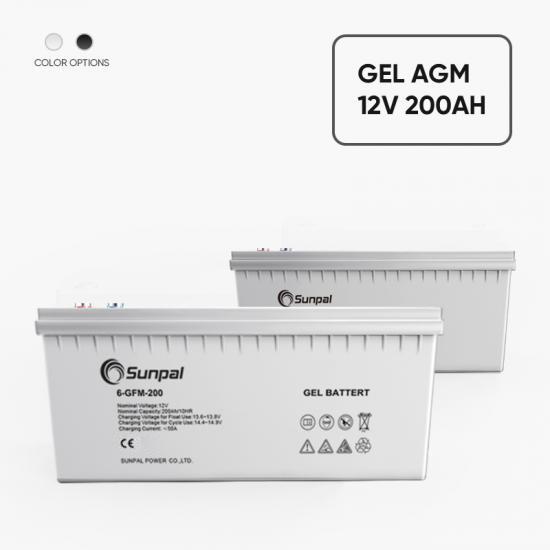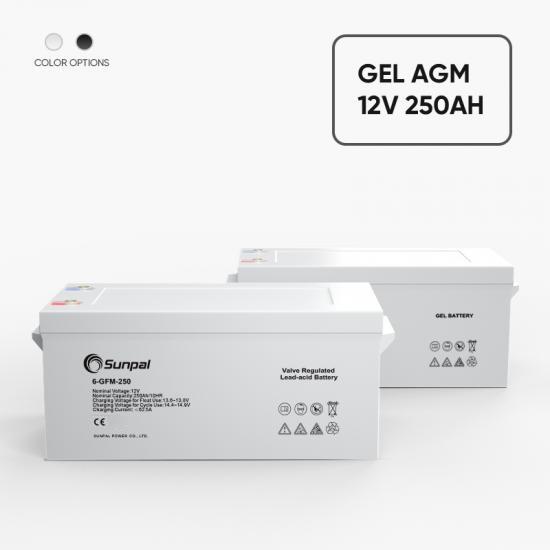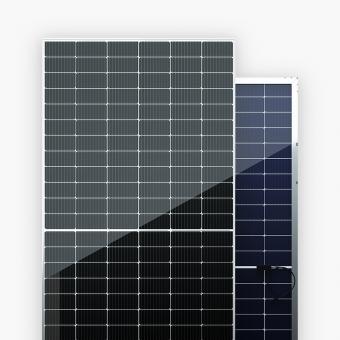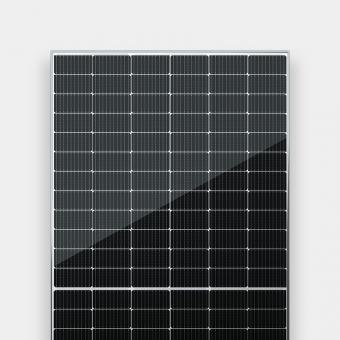
The first sealed or maintenance-free lead acid appeared in the mid-1970s. Engineers believe the term "sealed lead acid" is a misnomer because no lead-acid battery can be completely sealed.
Sealed batteries contain fewer electrolytes than submerged batteries and are therefore known as "acid-starved". Perhaps the most significant advantage of sealed lead acid is its ability to combine oxygen and hydrogen to produce water and prevent it from drying out during the cycle. The recombination occurred at a moderate pressure of 0.14 bar (2psi). The valve can be used as a safety vent if gas accumulates and rises. Repeated venting should be avoided as this will lead to eventual drying. According to RWTH (2018) in Aachen, Germany, VRLA costs about us $260 per KWH.

Unlike flooded, sealed lead-acid batteries are designed to have a low overvoltage potential to prevent the battery from reaching its gas-producing potential during charging. Overcharging can result in venting, venting, and subsequent water depletion and drying. Therefore, the gel and part of the AGM cannot be charged to their full potential, and the charging voltage limit must be set below the full voltage. This also applies to floating charging when fully charged. In terms of charging, gel and AGM are not direct substitutes for submerged type. If there is no specified charger available for AGM with lower voltage Settings, disconnect the charger 24 hours after charging. This prevents gas generation due to the floating voltage being set too high.

12V 100AH solar battery meet certifications:
IEC 61215, IEC 61730, UL 61730
ISO 9001:2008: ISO Quality Management System
ISO 14001: 2004: ISO Environment Management System
OHSAS 18001: 2007 Occupational Health and Safety













